Ever wonder how airplanes cross the Atlantic Ocean, a seemingly desolate abyss outside the range of air traffic control? The answer involves Gander, Newfoundland, 10 imaginary highways, and a thing called a TCAS.
Wendover Productions, a fantastic YouTube channel that explains most aviation topics in an easy-to-follow fashion, produced a video explaining how commercial airlines traverse the Atlantic Ocean each day:
For those of you unable to watch the video, here’s the general gist.
Each night, airlines contact air traffic control located in Gander, Newfoundland (the last ATC facility before the Oceanic crossing begins) and provide them with a requested flight plan for any of their airplanes that will be flying across the Atlantic Ocean the following day. Gander ATC will then review the flight plan and either approve or make changes to it, based on spacing requirements, etc.
Once the airplane takes off (typically 6-8PM ET) it will follow normal ATC procedures up until hitting Gander, Newfoundland. Once they approach Gander, they will request Oceanic clearance via one of 10 highways:
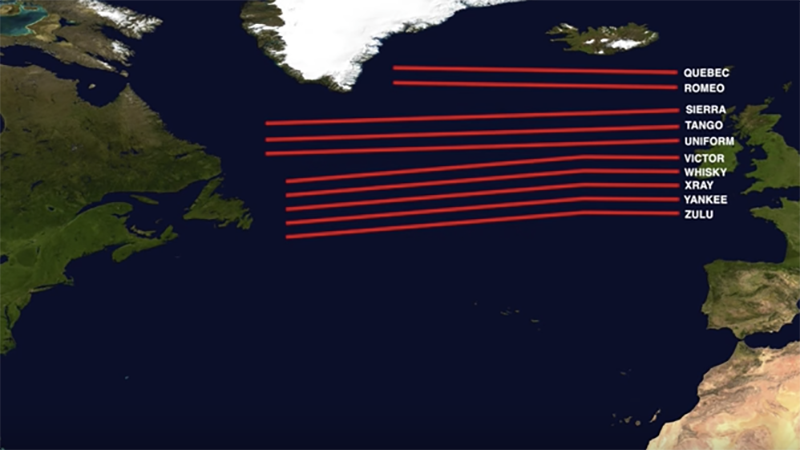
Aircraft are given clearances to enter the Oceanic crossing in 15 minute increments, putting them at about 140 miles apart, which is much lower than the typical 5 mile separation in ATC range.
One important aspect to note is that the fate of these airplanes does not simply lie with Gander ATC. Each aircraft is equipped with a thing called a Traffic Collision Avoidance System or TCAS for short. The TCAS is a system which monitors surrounding airspace for any aircraft emitting an active transponder signal. The pilot then gets an alert based upon how close the traffic is and they can adjust accordingly.
At approximately 30-degrees West, aircraft will exit the Oceanic track and begin to enter Shanwick ATC airspace which is controlled from the UK/Ireland.
Very interesting video about a seemingly complicated topic. Enjoy!
(Hat tip to Sploid)




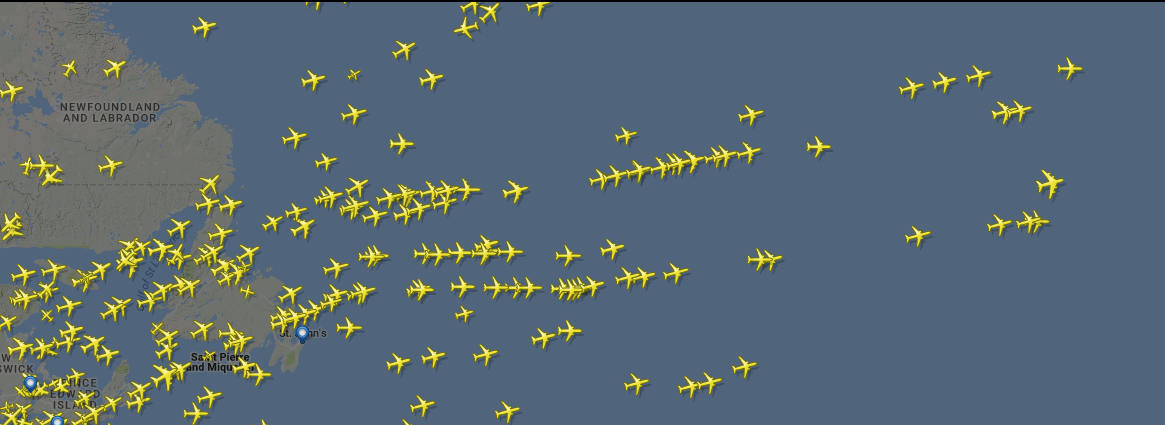

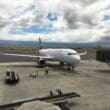
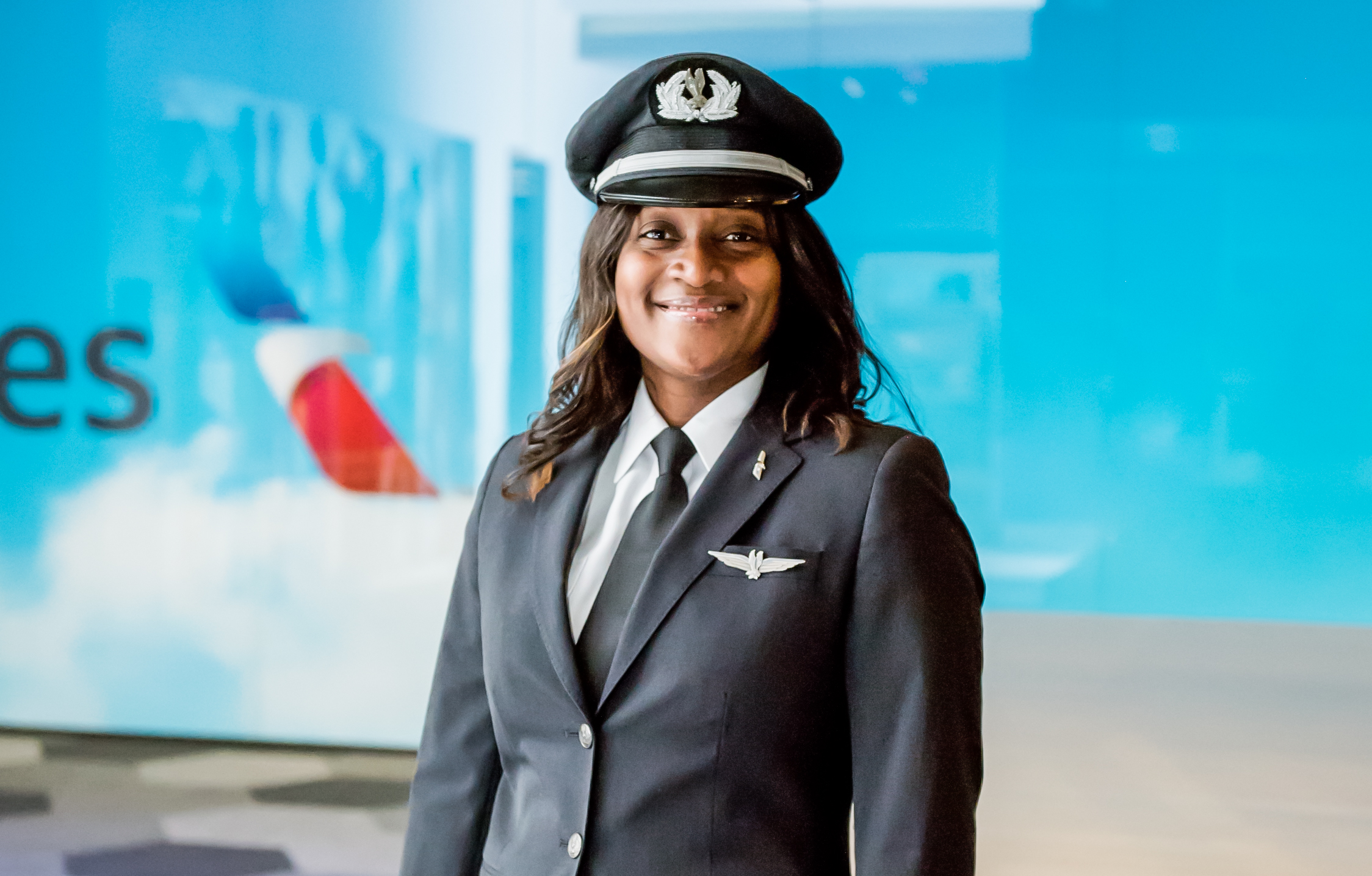

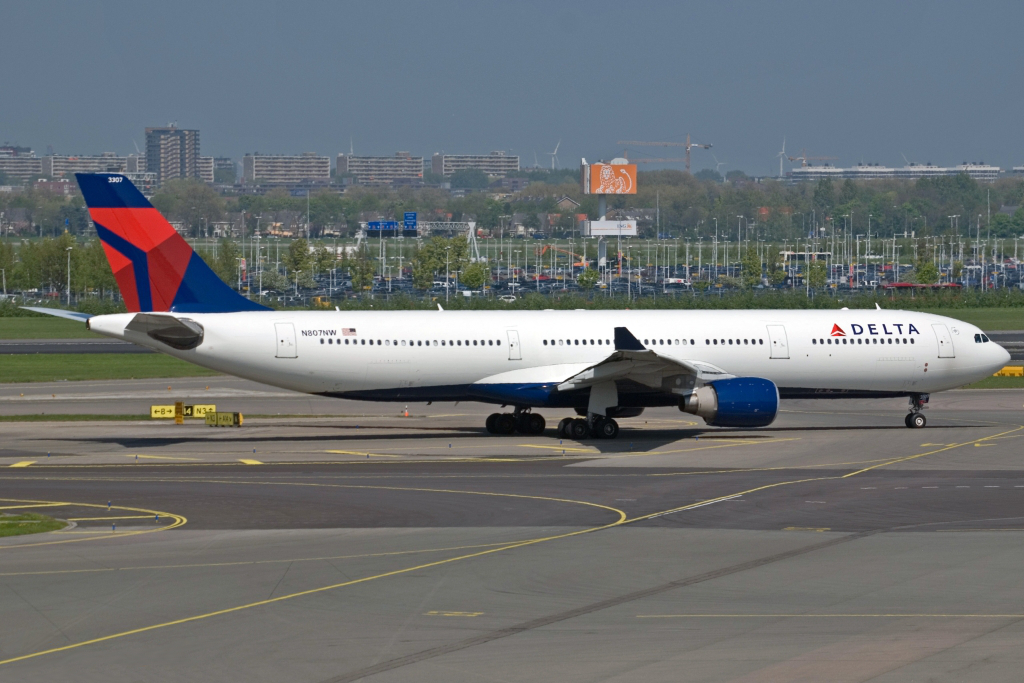
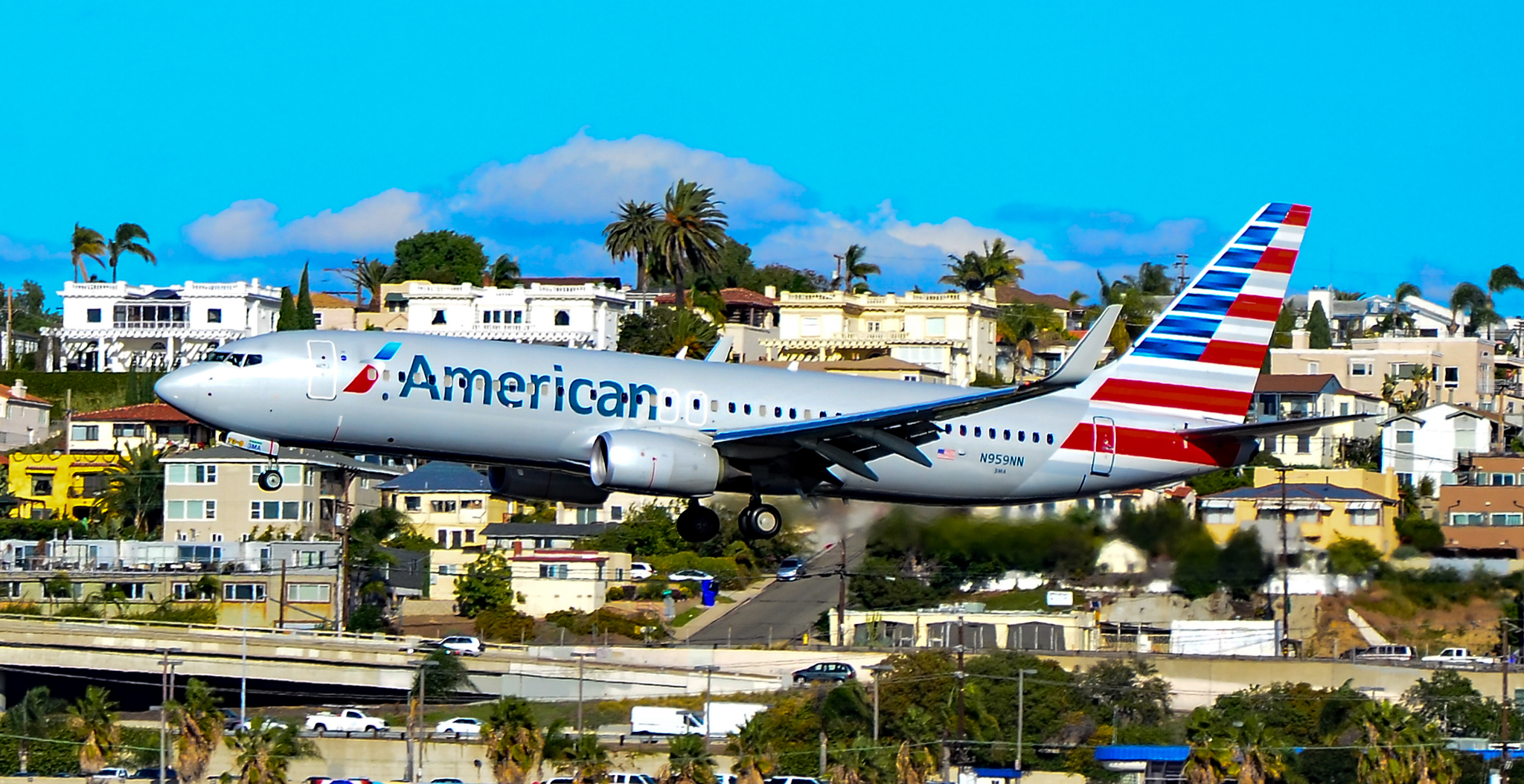
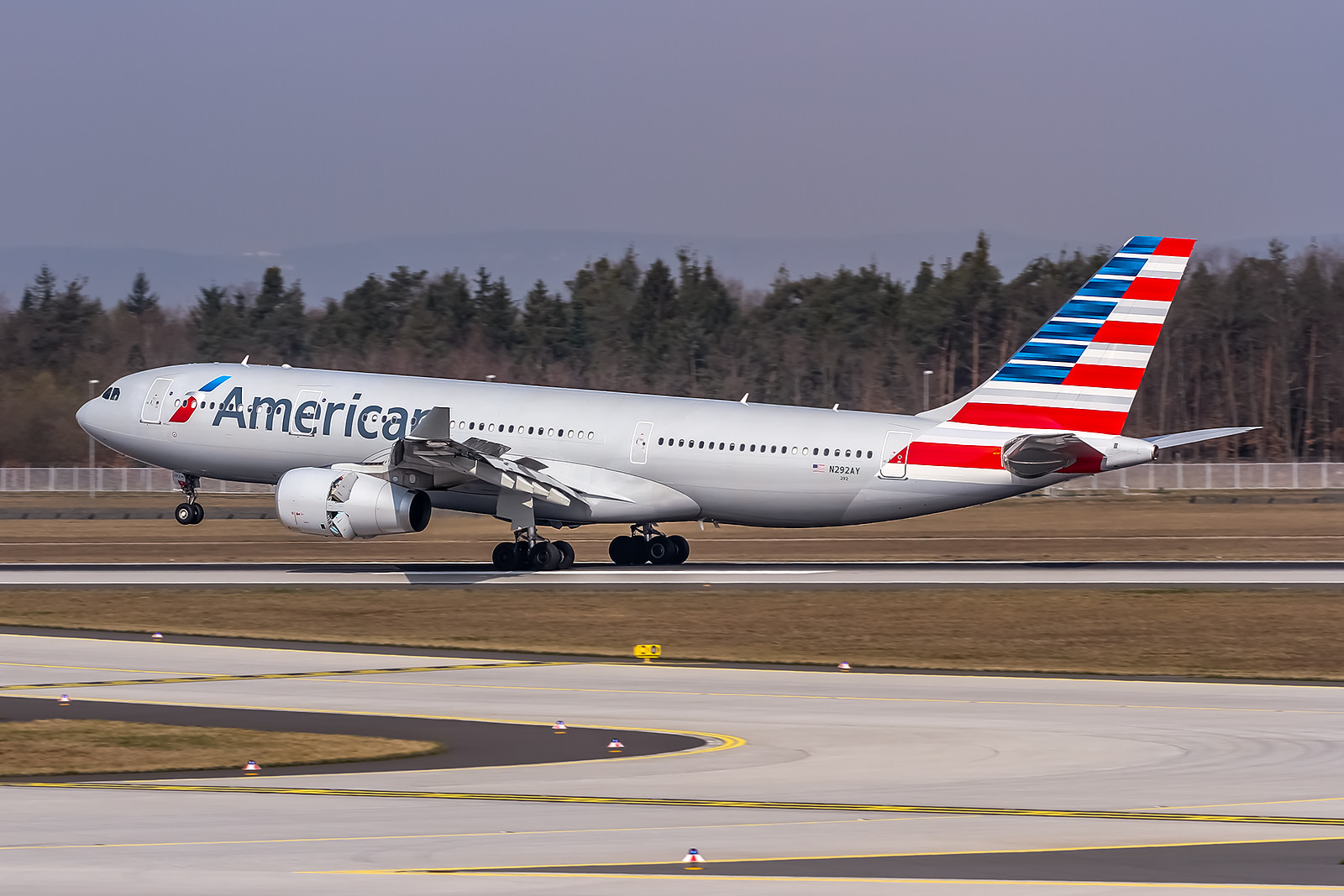
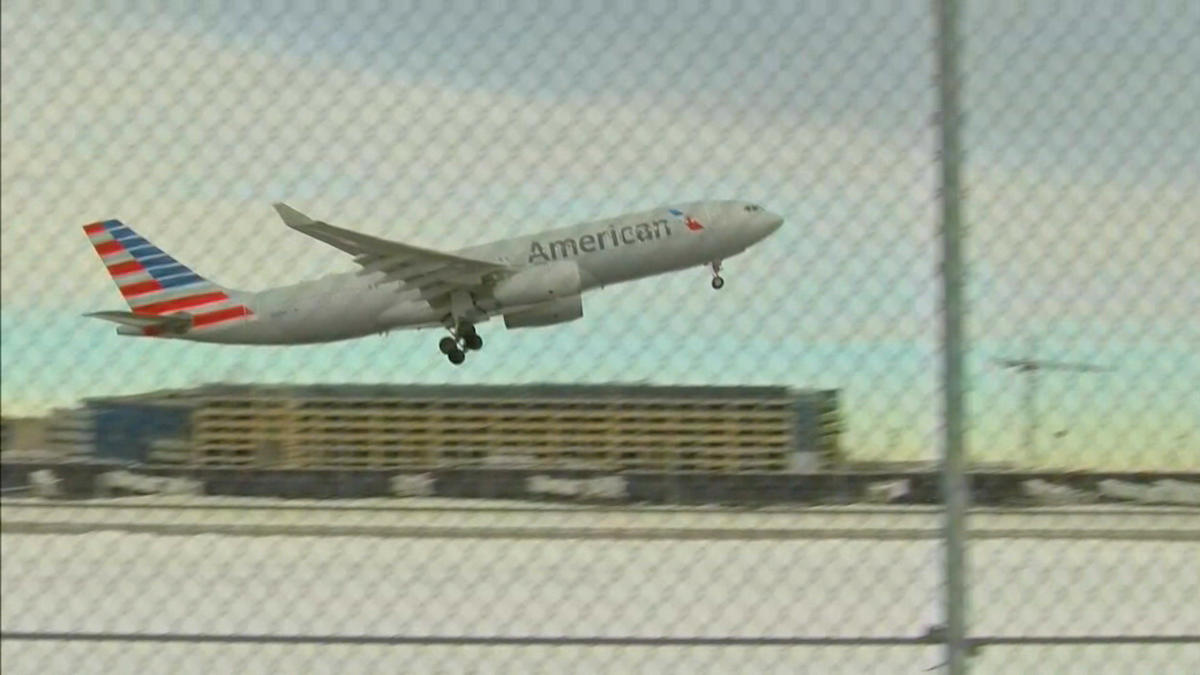
Yes and no… TCAS is not used to actively separate aircraft, it’s more of last ditch “oh shit someone messed up” system that audibly tells the pilot to climb or descend to miss conflicting traffic. This is called responding to an “RA” or resolution advisory.
Aircraft over oceananic waters are still in contact with atc via ACARS which is kinda like texting via satellite. Additionally aircraft are equipped with HF radios that can (if needed) communicate over long distance.
Finally the type of ATC used over the ocean is called non RADAR. It’s basically mandatory reporting points, a map, an assigned speed to an aircraft, a very precise clock and someone good at math lol who is the controller. If an aircraft is starting to gain on traffic ahead of them ATC will issue a slower speed via ACARS, then the pilot will “text back” to acknowledge that he received the message and is complying with ATC instructions.
Currently ATC’er…
very interesting esp how so many flights go over the atlantic !!daily…